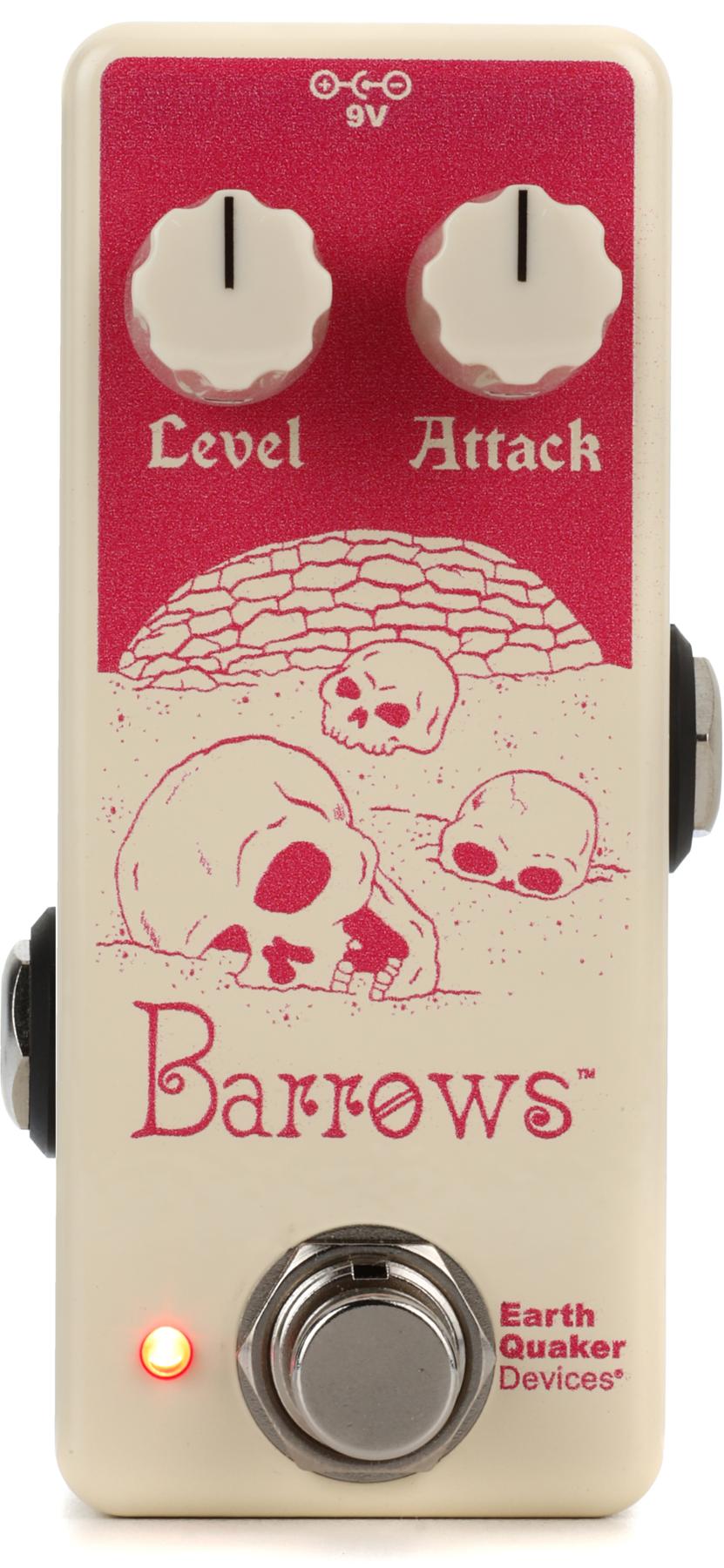 Welcome back to The Low End. The research for these columns went fast and I have to say that I actually learned a thing or two. I got to play scores of really cool basses in the process and even bought one myself. My “hands-on” for this final segment, however, was mildly curtailed – I recently broke my wrist and it hurts like hell to play. I guess a 46-year-old body is no match for a 16-year-old brain. Last month we learned about refins and replicas; this month we’ll tackle relics and reissues.
Welcome back to The Low End. The research for these columns went fast and I have to say that I actually learned a thing or two. I got to play scores of really cool basses in the process and even bought one myself. My “hands-on” for this final segment, however, was mildly curtailed – I recently broke my wrist and it hurts like hell to play. I guess a 46-year-old body is no match for a 16-year-old brain. Last month we learned about refins and replicas; this month we’ll tackle relics and reissues. Relics
As discussed two issues ago, the term “relic” actually has two meanings. A relic can be a factory-built, higher-end copy of an original vintage item or it can refer to the process used for aging. In this installment, we will only be discussing the bass, not the process. Relic basses come in multiple levels of wear:
A: Dragged behind a truck and cleaned up with a belt sander
B: Rode hard and put away dry
C: Used in church on Sunday
D: The player wore a chamois dress and gloves both times they used it
A relic is usually made by a company’s Custom Shop, where the wood, setups and finishes are of a higher standard. There is also sometimes a Master Luthier-built line, which takes the quality to an even higher degree. The nice thing about relic product lines is that while you have your staples – a fifties or sixties sunburst version of a more common bass – there are some very creative products developed as well. I’ve seen small batch, limited edition items in rare colors with even rarer features. If buying one new, you will also get the factory warranty, a case and goodies.
The misconception, however, is that these basses are exact knock-offs of real deal vintage items. They are not. I’ve seen many that look exactly like the real thing from a foot away, but upon closer inspection the neck shape and back contours are slightly off. The necks – especially maple boards – do not have rolled-off edges like original issue items, and any vintage expert will see the difference in the back contour. Plus, relic basses just don’t feel completely correct. To my ear, the pickups usually sound a little more modern and the pole pieces on the newer issues are visually incorrect. The funny thing is that I love these pickups and use them as replacements all the time.
My two cents: these are very good basses that represent a solid value. They play and sound terrific, and feature killer visuals to boot. If you’re buying one on the used market, these typically hold a steady value – when your needs change, you can typically break even. Interestingly, some older relic basses made by certain luthiers are actually selling at a great premium, although personally, for I’d rather spend the same amount on an original, refin’ed item.
USA Reissues
I love reissues. We’ve all owned at least three of these in our playing careers! We know what they are and what they do – they’re off-the-rack, factory built interpretations of the 40-year-old real deal. They use premium hardware and electronics and decent wood, they look sweet, and when properly set up, can be murderous players. They feel great and generally fit your budget. Brand new US reissues can typically be found for $1600 and under; the common price point is $1200 to $1400.
We are now beginning to see early reissue basses passing the 25-year mark and taking on vintage status. Early Fender USA Reissue basses in the V00 to V03 range can demand a huge premium – I’ve seen these basses tagged as high as $3500. If you get a good one (I’ve seen many with lousy necks) they may be the best basses Fender has made since 1966. They play and sound great andthey look fabulous. I’ve owned a few that weigh in under eight pounds, which makes them a joy to play. New instruments represent a solid, affordable value, but when purchased used, they are outright cheap for what you are getting. I would consider these the best bang for your buck.
Food For Thought
A client recently brought in a special run bass that was originally paid $4800. I offered him $2200 – full retail value on trade. When he declined, I sold the bass he wanted and he ended up settling for $1800 at a big box store. Think about the long and short term; whenever I buy a bass, I think about what will happen if I sell it. Finally, keep in mind that some of the higher prices we’ve discussed will also buy you a really nice 40-year-old refinished bass or an original model from the seventies.
This series was a lot of fun; if you’d like to see something covered, please drop me a line. Until next time, drop the gigbag and don’t forget the cannolis.
Kevin Borden
Kevin Borden has been a bass player since 1975, and is currently President of Goodguysguitars.com.
Feel free to call him KeBo.
He can be reached at Kebobass@yahoo.com





















